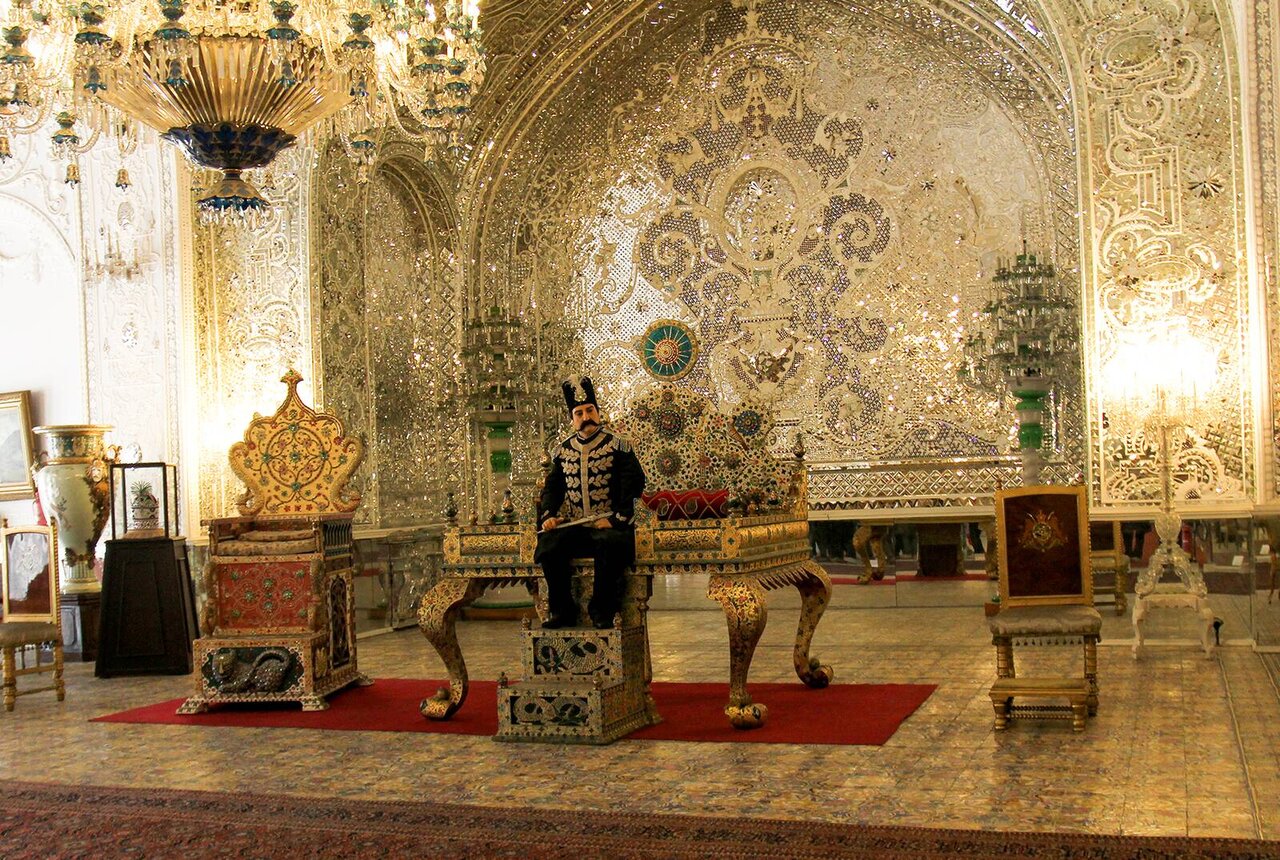Golestan Palace welcomes expert assessment of museum artifacts

Afarin Emami on Monday stated that historical and cultural artifacts naturally age and deteriorate over time, often suffering physical and biological damage, Mehr news agency reported.
“Routine examination of relics is crucial for identifying the extent of [potential] damage and determining preventive and restorative measures. Following a cost estimate and allocation of funds, restoration work can be carried out.”
Emami emphasized that these examinations are also vital for preventive conservation. When an artifact undergoes diagnostic research, any events or conditions that could cause damage are identified, allowing for immediate preventive action.
She added that in subsequent research phases, emergency protection and restoration of the artifacts are also addressed. Therefore, these studies not only contribute to the introduction, development, management, and transfer of knowledge in the field of museums but also aid in the proper conservation and restoration of artifacts.
The director of Golestan Palace explained that there is no resistance in the Golestan Palace museums against allowing researchers to examine damaged artifacts. On the contrary, museum management encourages researchers to investigate and identify damage for restoration.
“This approach reduces costs and enhances knowledge development. Hence, Golestan Palace welcomes researchers from various fields to select and conduct research on various artifacts within this world heritage site.”
To cite an example, Emami mentioned that a recent study focused on the special carpet of the Talar-e Ayneh (“Hall of Mirrors”). This carpet, which had been laid out in Talar-e Ayneh during the Qajar and Pahlavi eras, was moved to storage due to deterioration. “Restoring this carpet is significant for Golestan Palace.”
She explained that although measures were taken to prevent further damage to the carpet, a comprehensive study was needed to understand the damage and devise preventive and restorative strategies.
Located in downtown Tehran, near the city’s historical bazaar, Golestan Palace was once the official residence of the Qajar monarchs who ruled the country between 1789 and 1925. It displays a remarkable mixture of ancient Persian and contemporary European architectural styles, which characterized much of Iranian art in the 19th and 20th centuries.
UNESCO says that the complex exemplifies architectural and artistic achievements of the Qajar era, including the introduction of European motifs and styles into Persian arts.
AM
